Science and Society
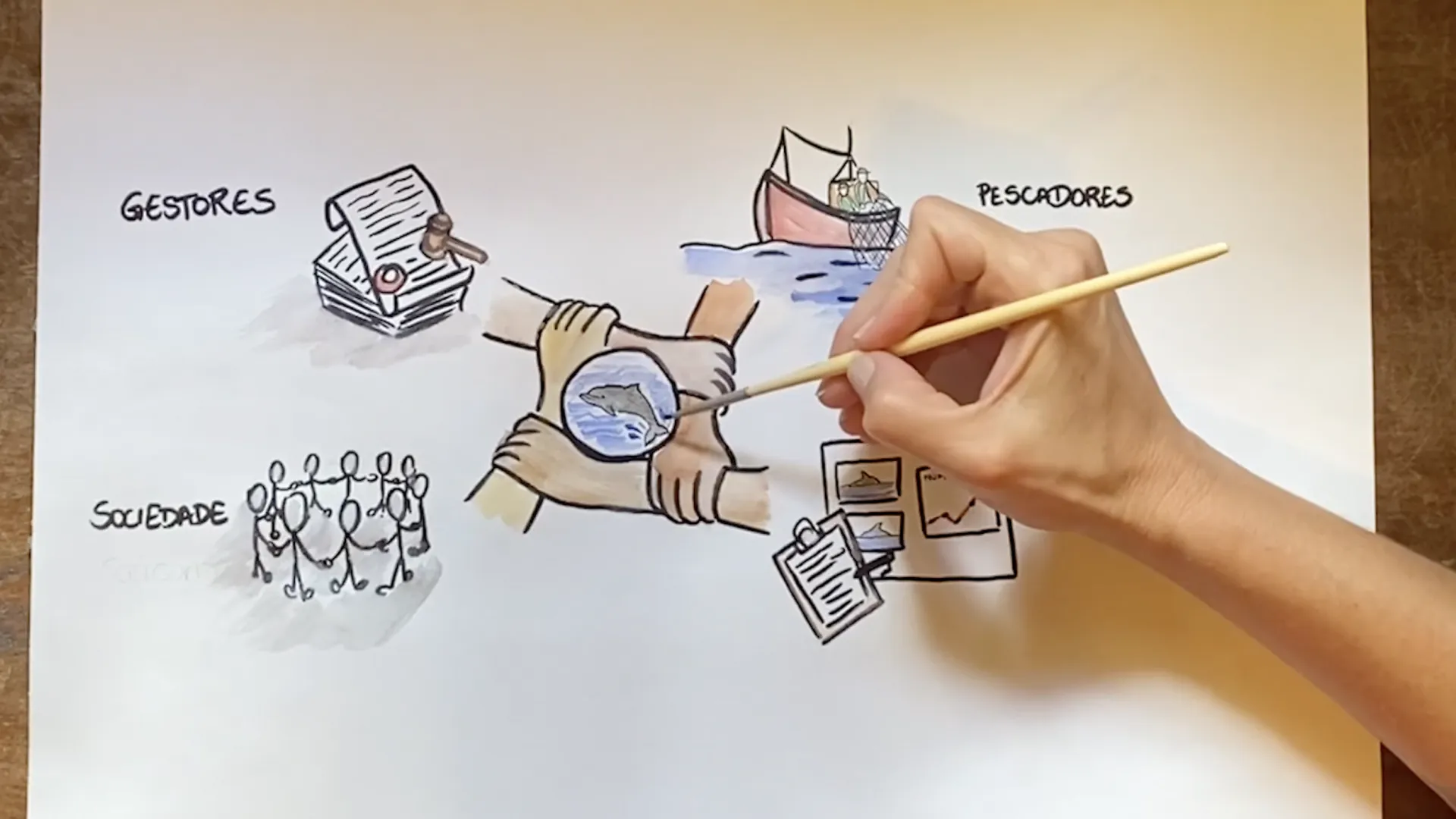
Presentation
The commitment of the Gephyreus Project goes beyond scientific research, as we understand that effective conservation depends on the active participation of society. We aim to raise awareness and mobilize local communities, particularly those residing in coastal regions of southern Brazil, Uruguay, and Argentina. To achieve this, we use participatory socio-environmental diagnostics to identify conflicts and opportunities, defining the key themes for marine environmental education and training programs for coastal communities.
Our collaborative approach ensures that actions are consistent and based on recognized technical and scientific principles. Together, we strive to create a future where science and society work hand in hand in the processes of conserving marine biodiversity and its ecosystems.
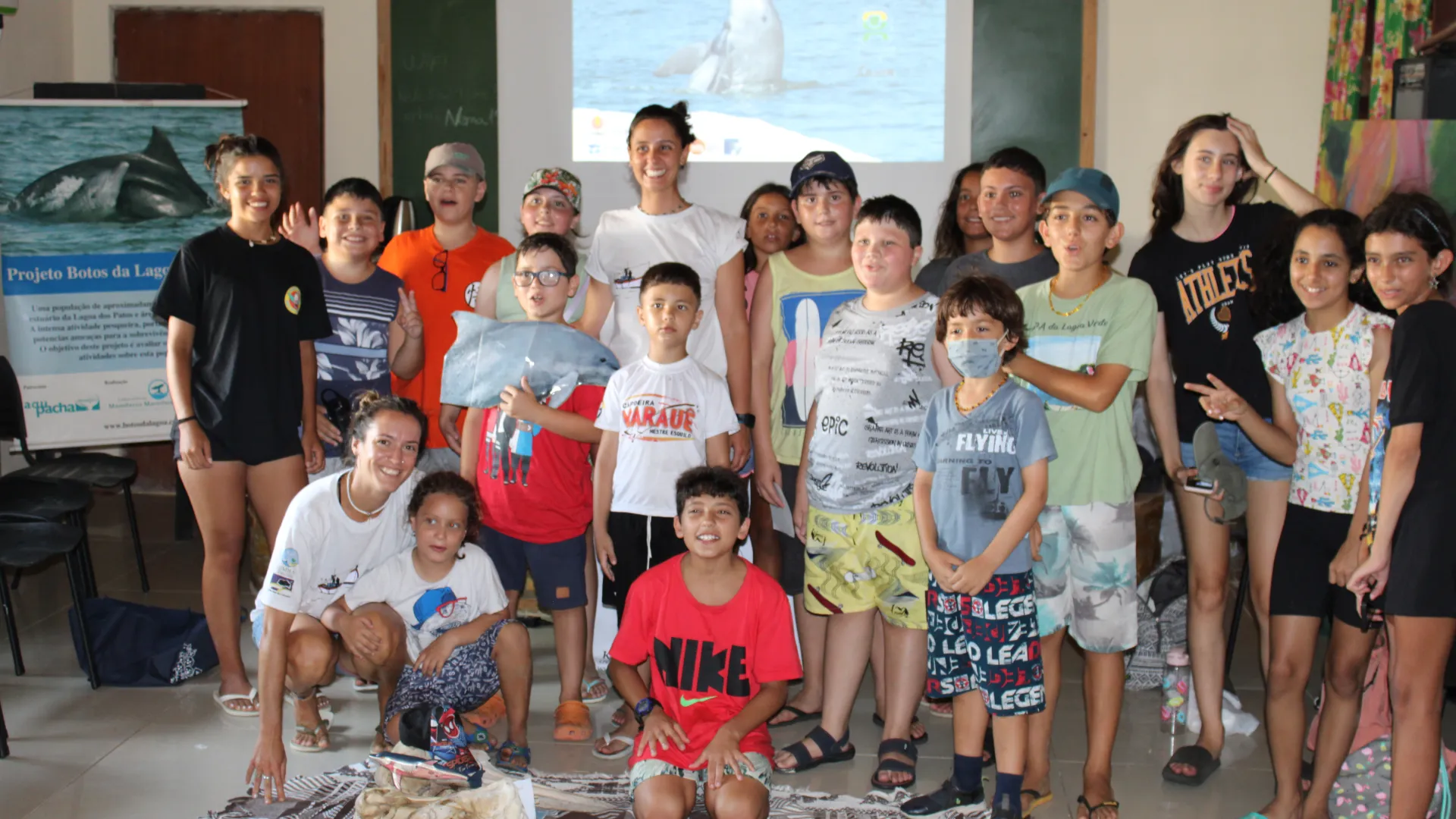
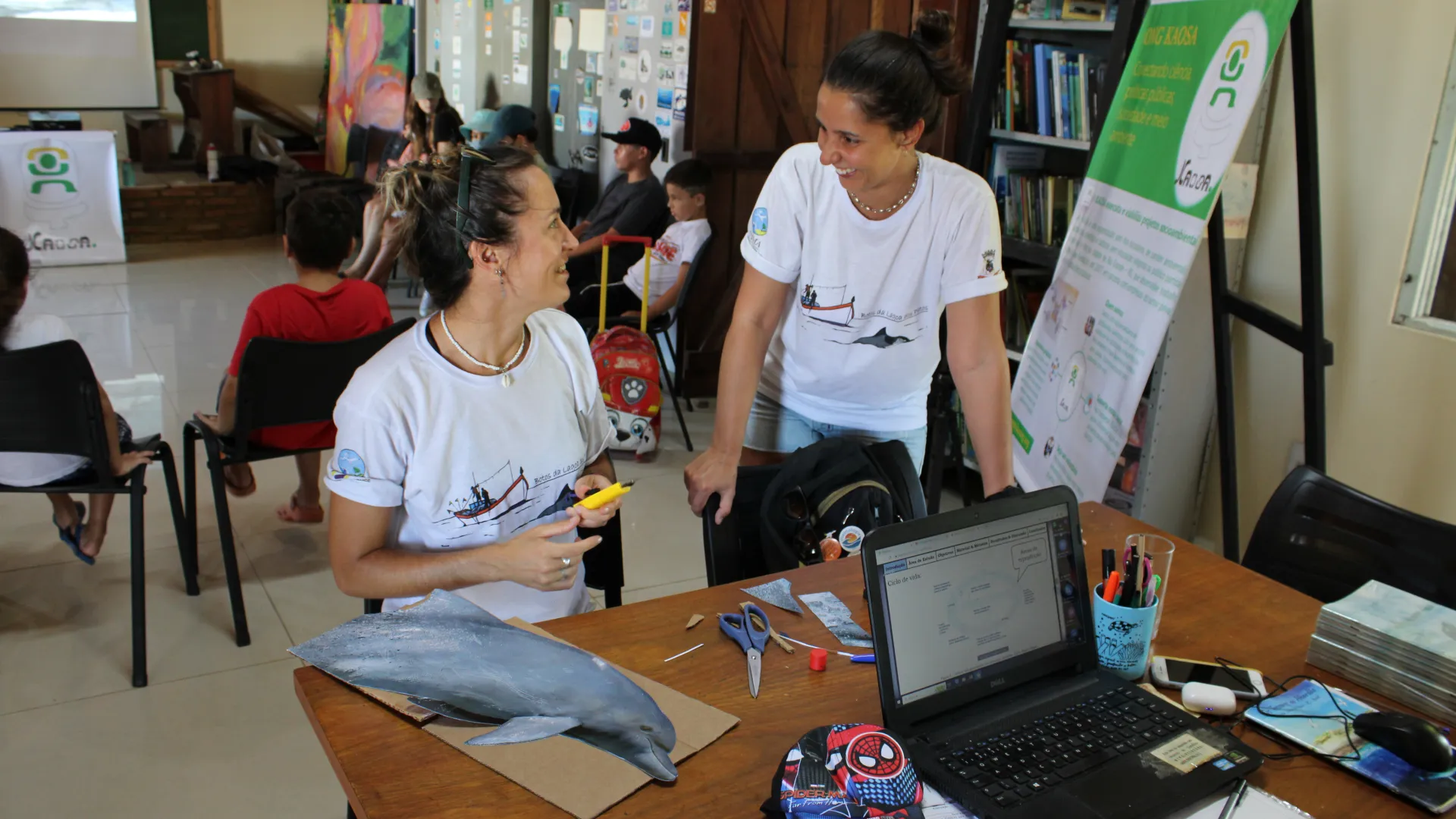
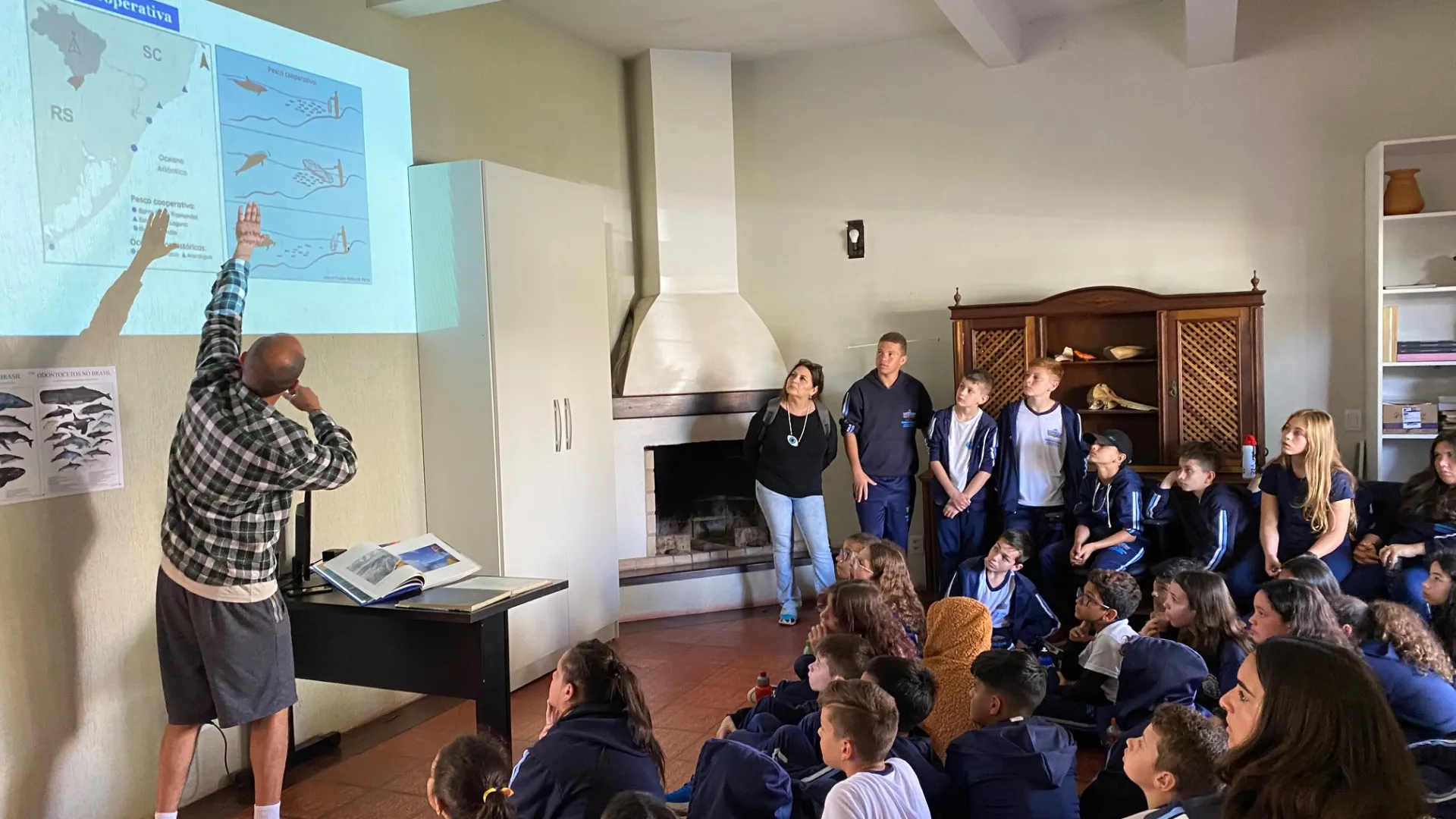
Environmental Awareness Activities and Communication
We conduct workshops, lectures, and participate in events across the various regions where the Gephyreus Project operates, aiming to disseminate knowledge about the importance of environmental conservation for social well-being.
Our educational initiatives are designed for all age groups, from school-aged children to adults, and cover topics such as the biology and ecology of the dolphin, challenges faced by the species, climate change, and the importance of marine biodiversity and coastal ecosystems.
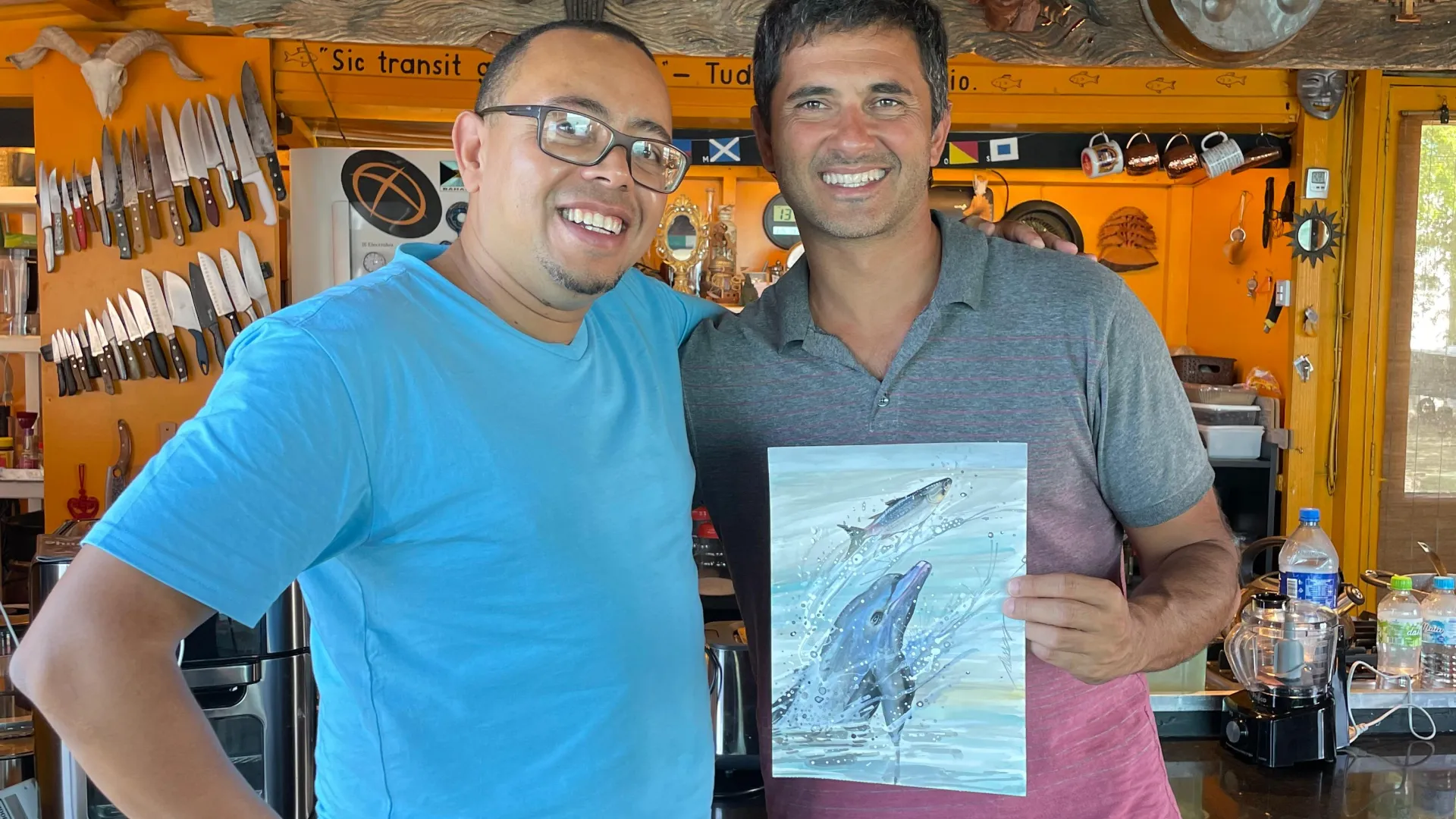
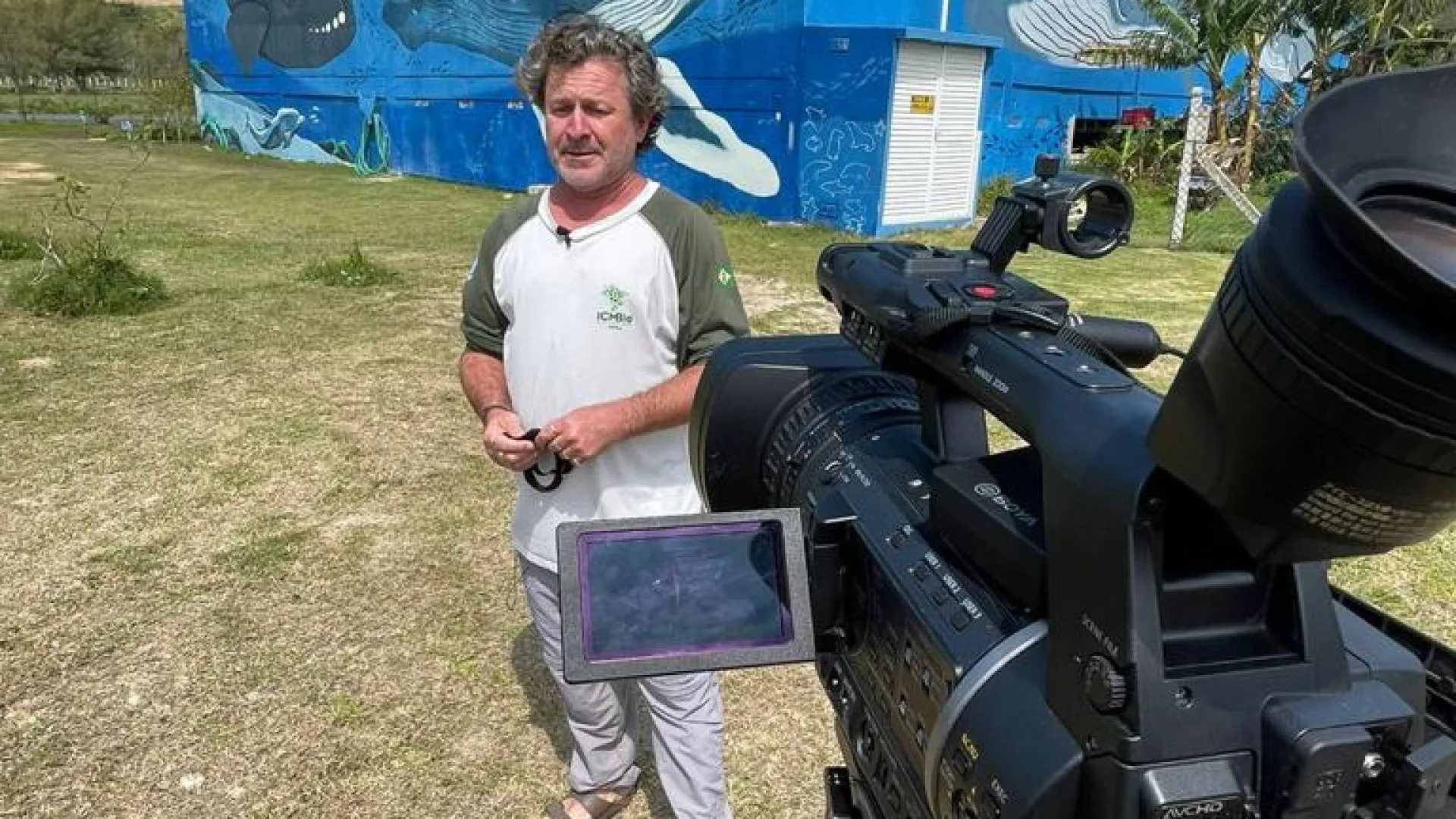
The development of educational materials and media, such as short videos and educational campaigns on social media, complements our information and scientific dissemination activities.
We collaborate with schools, NGOs, businesses, artists, and local governments to ensure our messages reach a broad and diverse audience. By engaging the community, we aim to foster local talent and create a sense of belonging and responsibility, ensuring that our actions effectively contribute to nature conservation.
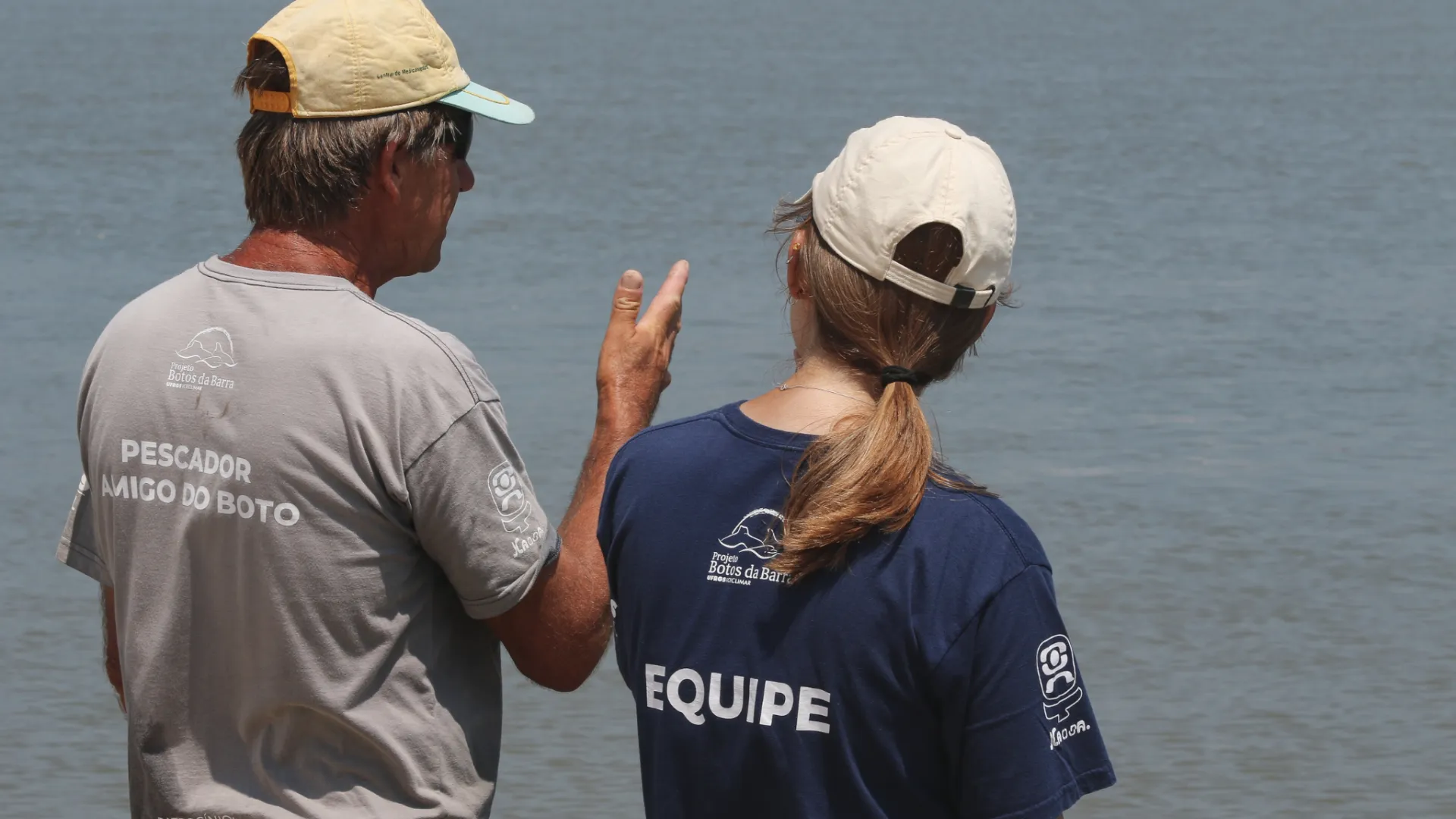
Socio-Environmental Diagnostics
The socio-environmental diagnostics conducted by the Gephyreus Project are essential for understanding the social and economic dynamics between the environment and coastal communities, as well as monitoring the dynamics of artisanal fishing and its relationship with public policies.
We employ participatory methodologies to gather data on the population’s perceptions of the social and environmental context, the socio-economic impacts of human activities, and their vulnerabilities and needs. These diagnostics enable us to identify conflicts, vulnerabilities, critical areas, and support the development of conservation strategies that are both socially equitable and environmentally effective.
By integrating socio-environmental data with ecological information, we address conservation challenges holistically, promoting a balance between biodiversity preservation and the sustainable development of coastal communities.
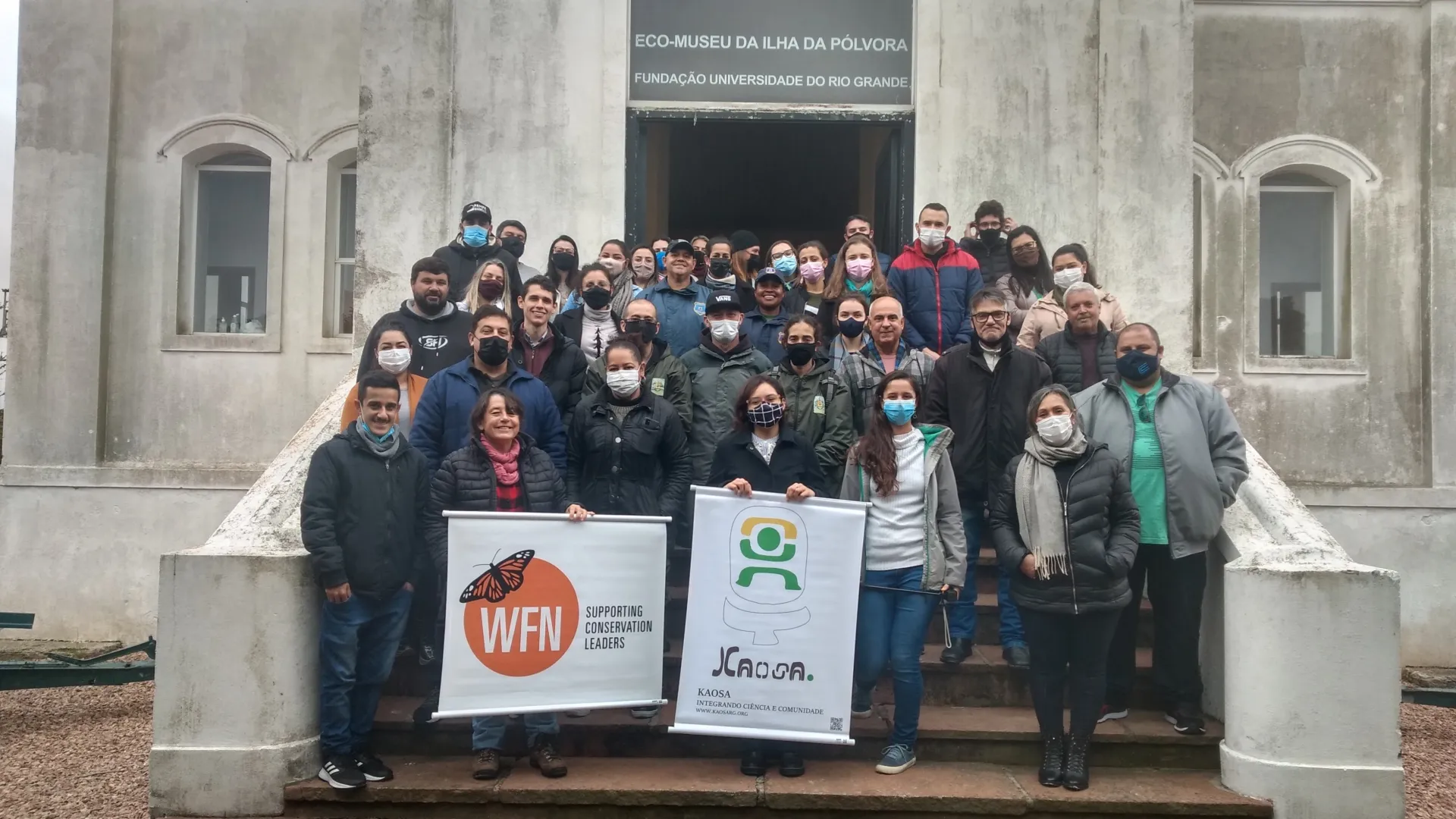
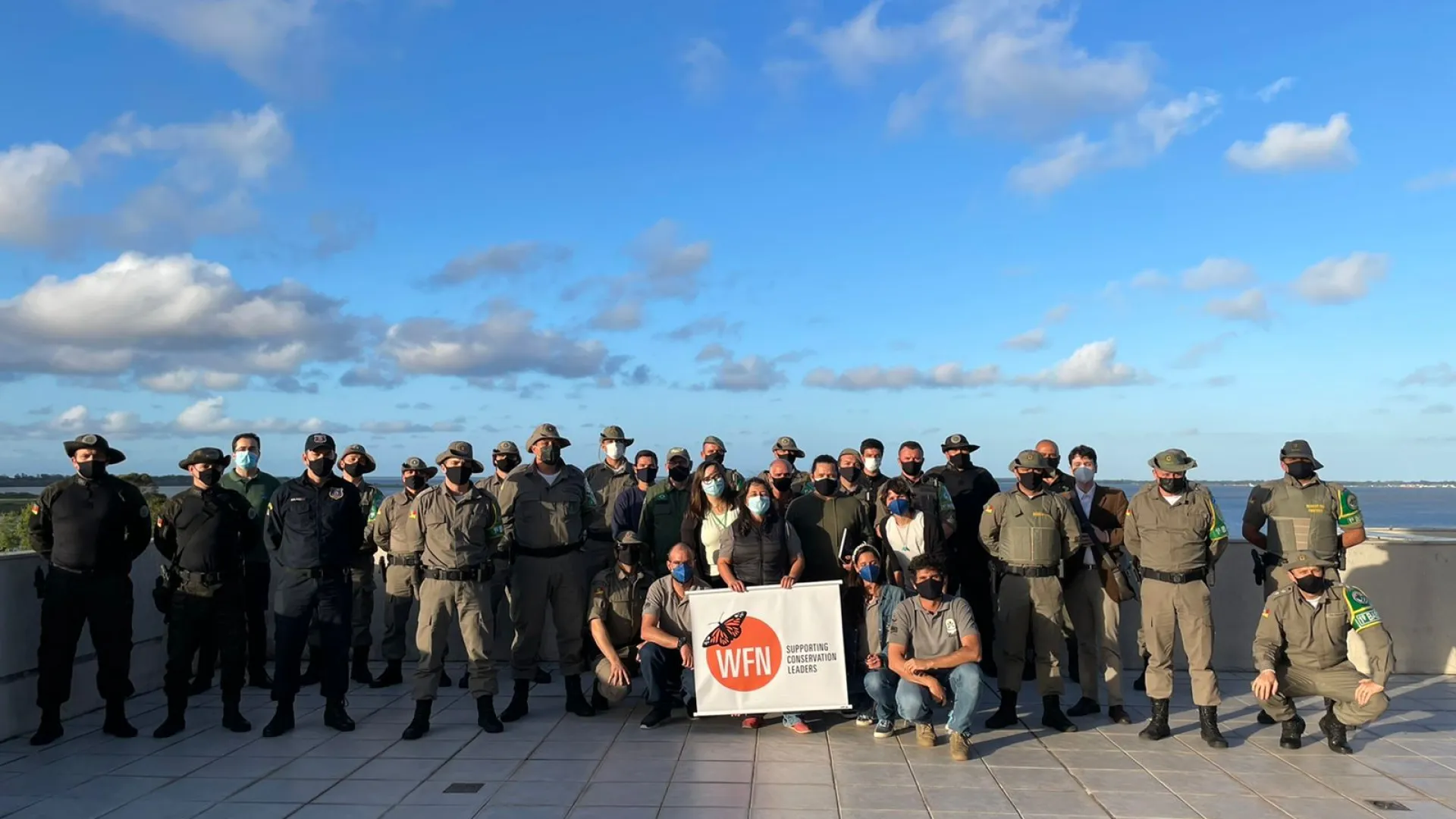
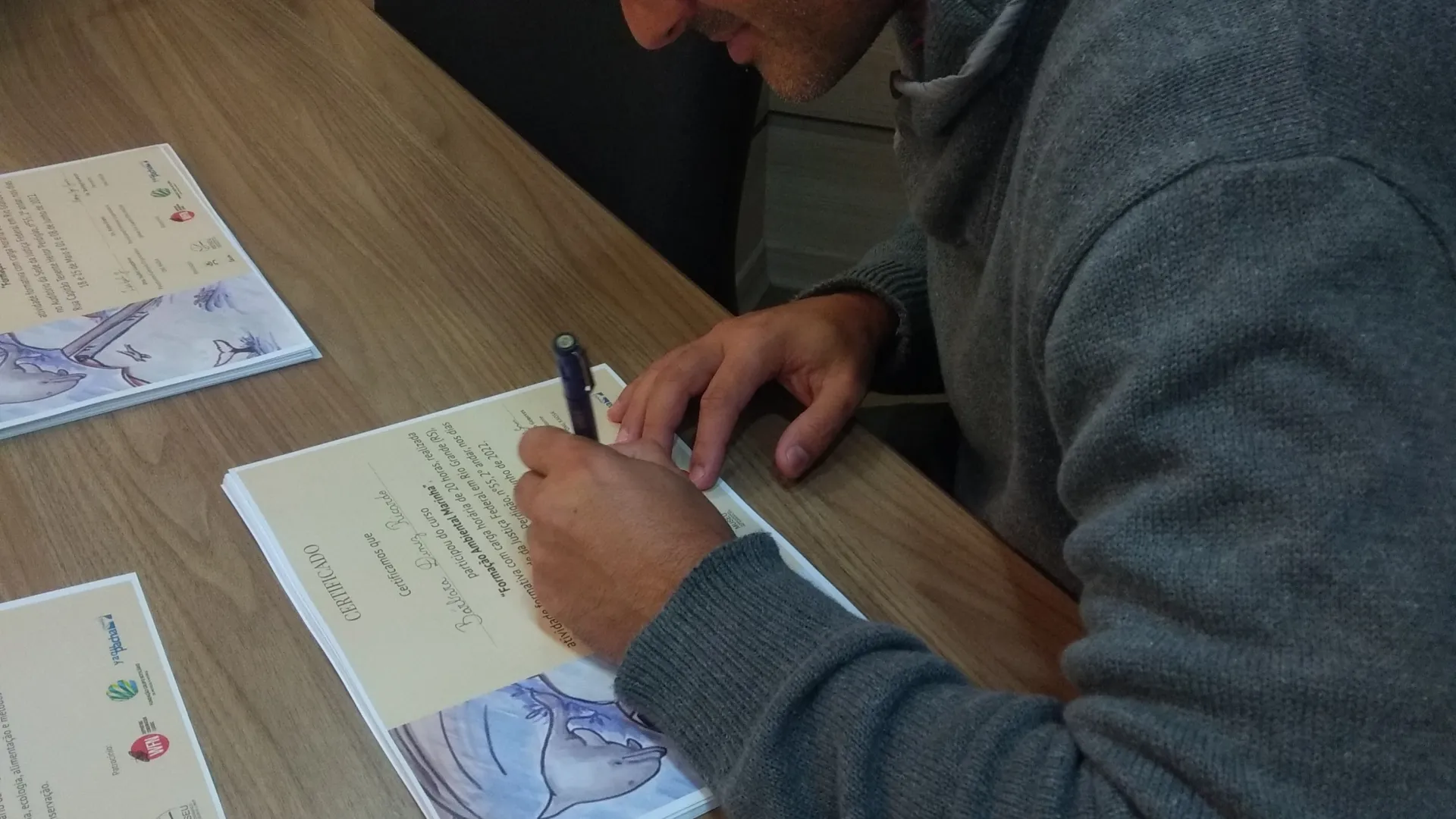
Training Courses
Throughout the project, we have developed training courses tailored for artisanal fishers, communities facing socio-environmental vulnerabilities, the general public, managers, educators, university students, and institutional representatives.
Our courses are delivered by a multidisciplinary team with expertise in coastal marine environmental education and training. The course content is adapted to meet the specific needs, characteristics, and circumstances of the participants and their localities, combining theoretical classes with fieldwork activities.
By promoting training and using Lahille's dolphins as a flagship species for conservation, we aim to strengthen networks of stakeholders in the regions, creating a solid foundation of multipliers who can effectively contribute to the protection of marine biodiversity.